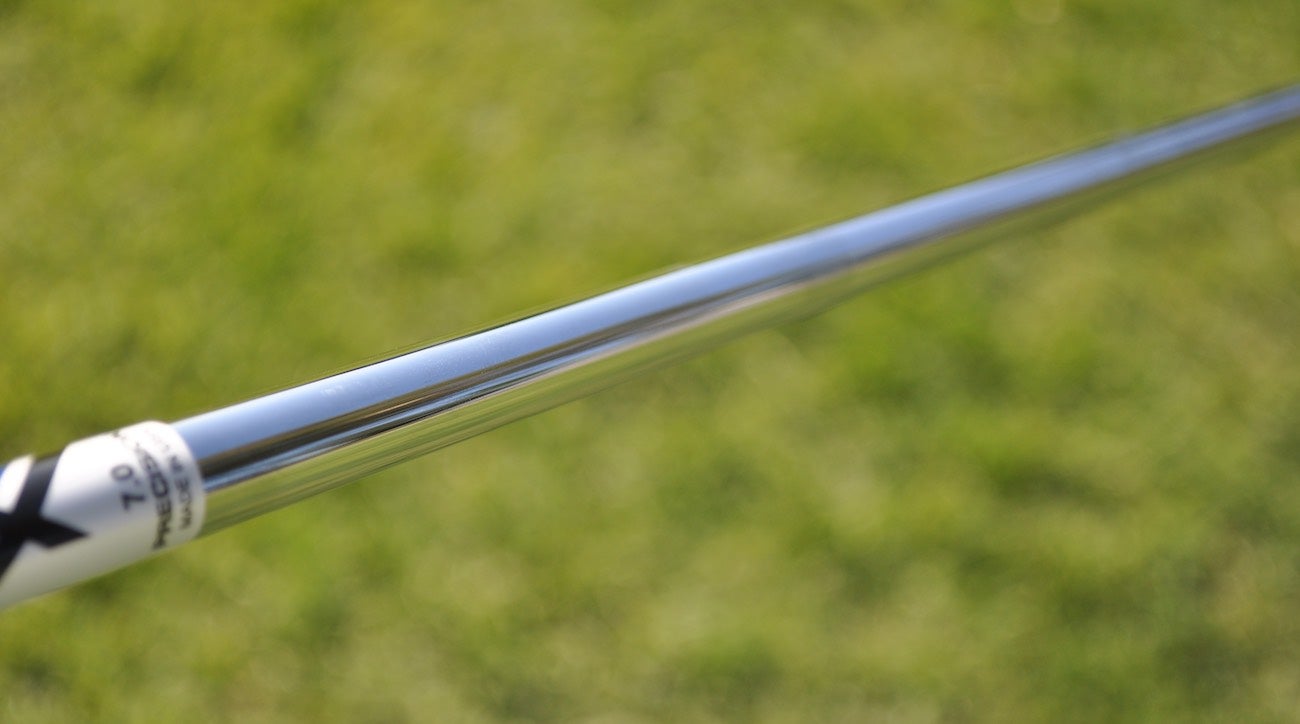 The year’s best-selling accessory is a striking conversation-starter
The year’s best-selling accessory is a striking conversation-starter
Are you playing with golf shafts that are improperly assembled?

Welcome to Gear 101, GOLF.com’s weekly dive into an equipment topic that will make you smarter and more knowledgeable when it comes to the tools in your bag. We take a look at what it means to “pure” a golf shaft, or to have a set that’s “pured.”
Due to manufacturing tolerances, not all golf shafts are perfectly round or symmetrical. Any small imperfections — whether its wall thickness, roundness or otherwise — can cause variations in how one shaft performs versus another within the same model family.
That means if you’re using a shaft that’s a “lemon,” or an outlier, and it has the incorrect orientation when it’s assembled, the club can either release too much or not enough at impact compared to what it’s designed to do.
To help offset or minimize the negative effects of a poorly manufactured shaft, SST Pure Shaft Analysis has a machine that analyzes shafts and finds the most stable orientation. The goal is to make sure the shaft bends on a neutral axis.
You may have heard golfers say something like, “my shafts are pured.”
To have a shaft that’s “pured” is just another way of saying that the shaft has gone through an SST Pure analysis to ensure it’s in the most beneficial orientation for consistent performance when attached to a club head.
ADVERTISEMENT
According to Tim Briand, Senior Vice President of GOLF’s sister company True Spec Golf, the most stable orientation of an asymmetrical shaft is to have the stiffest part of the shaft facing the target.
“A shaft bends forward and down during the downswing into impact,” Briand says. “So if the soft side, or most bendy part, of the shaft is aligned on the side of the club that’s closest to the target, then it stands to reason that you’d get more variation on a shaft that is bending more rather than less. SST Pure recommends ‘puring’ the shaft and orienting it into the club head with the hard side or stiffest side toward the target; that will cut down on the total amount of variation.”
Simply put, as Briand explains, puring a shaft helps to identify the inconsistencies of a particular golf shaft as compared to the average or expected design of that shaft. That way, a club builder is armed with certain information to build the club in the most stable and consistent orientation.
Puring a shaft usually costs between $30 and $40, depending on location.
Is getting your shaft “pured” actually worth it, though? We’ll tackle that question in a follow-up story. Stay tuned.
To hear more gear insights from Jonathan Wall and True Spec’s Tim Briand, subscribe and listen each week to GOLF’s Fully Equipped podcast: iTunes | SoundCloud | Spotify | Stitcher
ADVERTISEMENT





